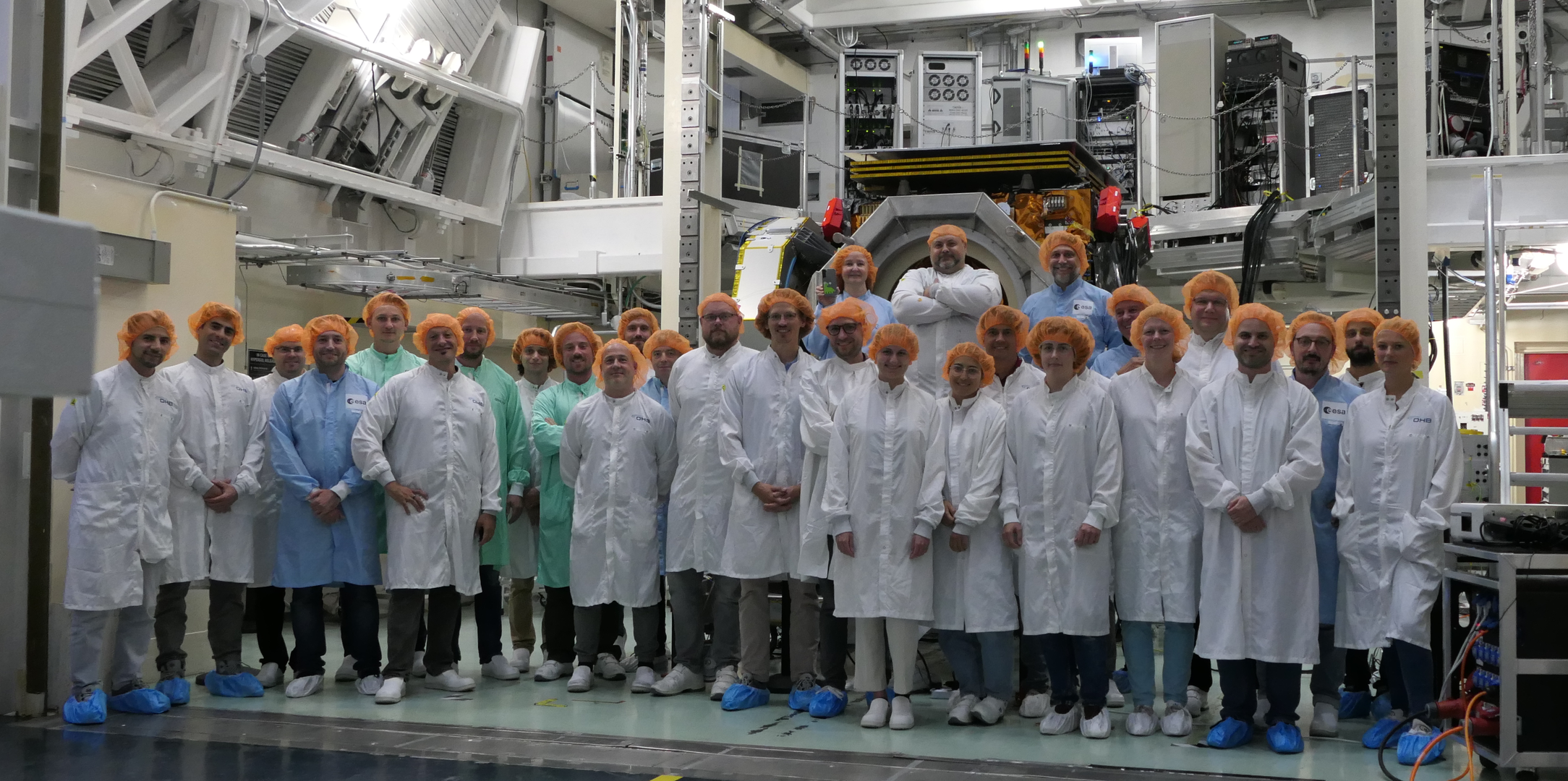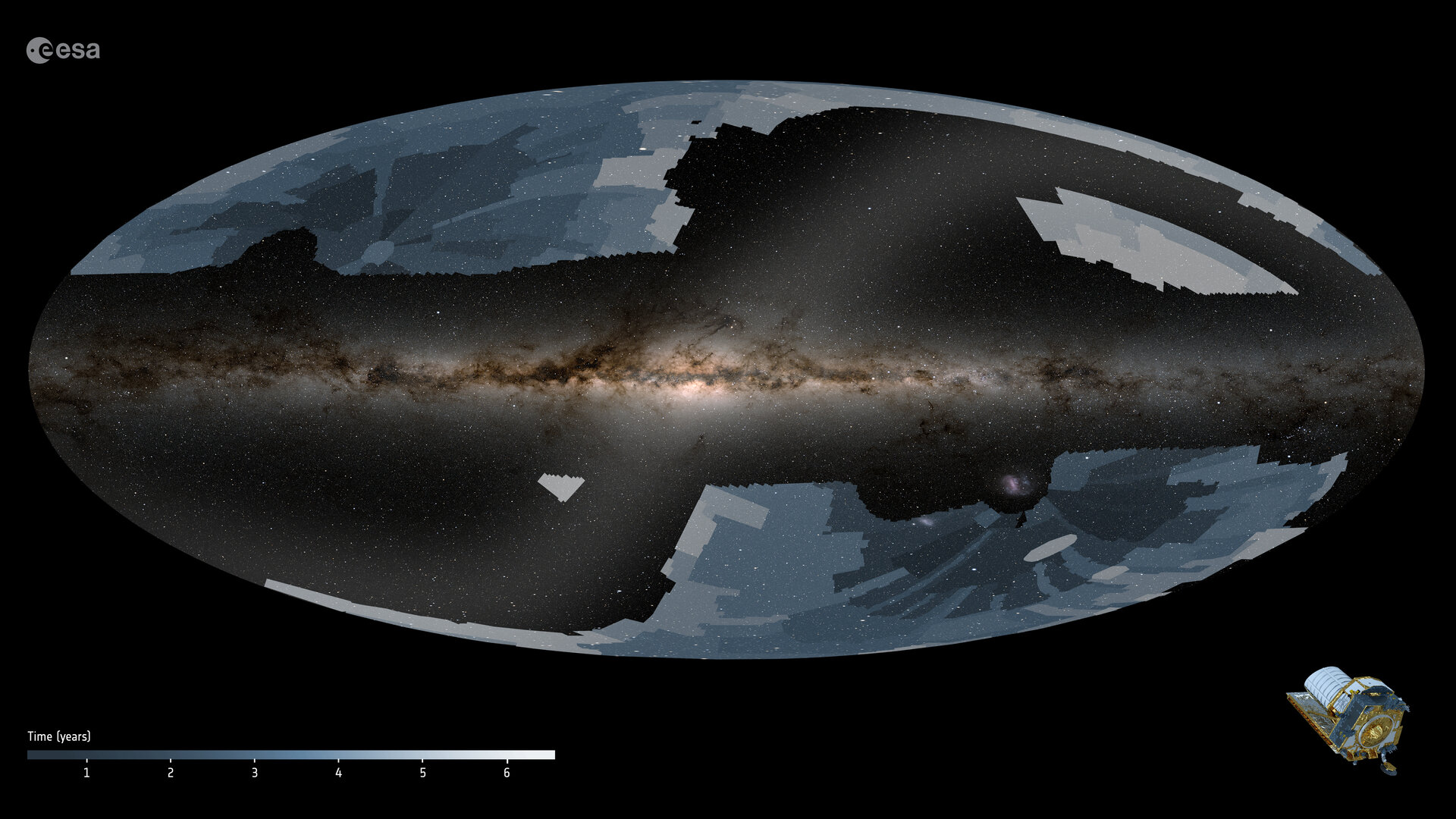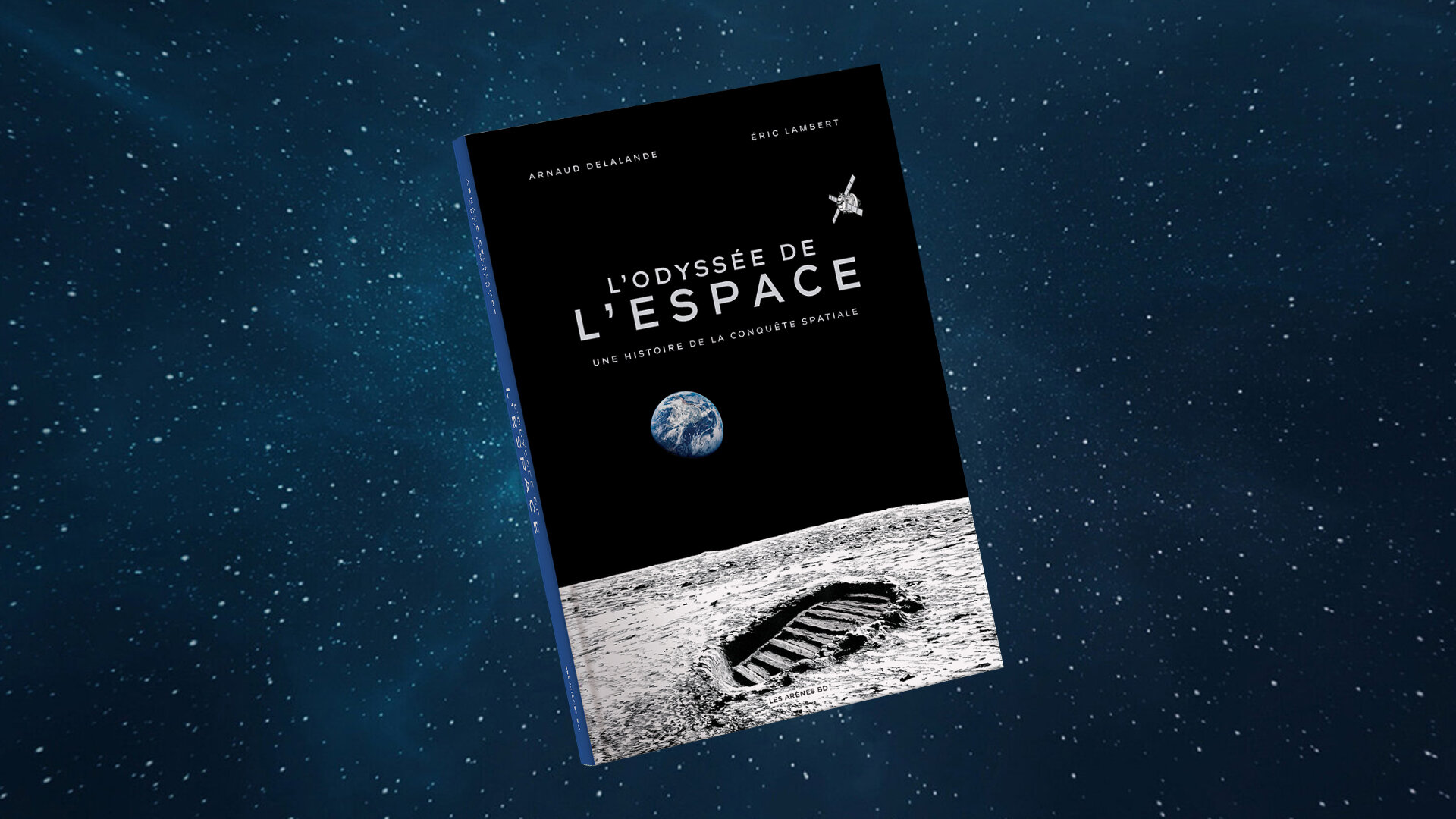One week before ESA’s Hera asteroid mission launch window opens, this group shot shows ESA and OHB team members performing final spacecraft tests (look closely for the mission’s dinosaur mascot as well).
The photo was taken inside the North Integration Cell of the SpaceX Payload Processing Facility, located at Cape Canaveral Space Force Station in Florida. Just visible in the background, with red tags placed on its corner thrusters, Hera has now been filled with propellant and as a next step awaits encapsulation within its launcher fairing.
Due to be launched on a Space Falcon 9, Hera is ESA’s first planetary defence mission, heading to a unique target among the 1.3 million known asteroids of our Solar System.
If an incoming asteroid were to threaten Earth, what could people do about it? On 26 September 2022 NASA’s DART mission performed humankind’s first test of asteroid deflection by crashing into the Great-Pyramid-sized Dimorphos moonlet. The result was a shift in its orbit around the mountain-sized Didymos main asteroid.
Next comes ESA’s own contribution to this international collaboration: the Hera mission will revisit Dimorphos to gather vital close-up data about the deflected body, to turn DART’s grand-scale experiment into a well-understood and potentially repeatable planetary defence technique.
The mission will also perform the most detailed exploration yet of a binary asteroid system – although binaries make up 15% of all known asteroids, they have never been surveyed in detail. Hera will also perform technology demonstration experiments, including the deployment ESA’s first deep space ‘CubeSats’ – shoebox-sized spacecraft to venture closer than the main mission then eventually land – and an ambitious test of ‘self-driving’ for the main spacecraft, based on vision-based navigation.



